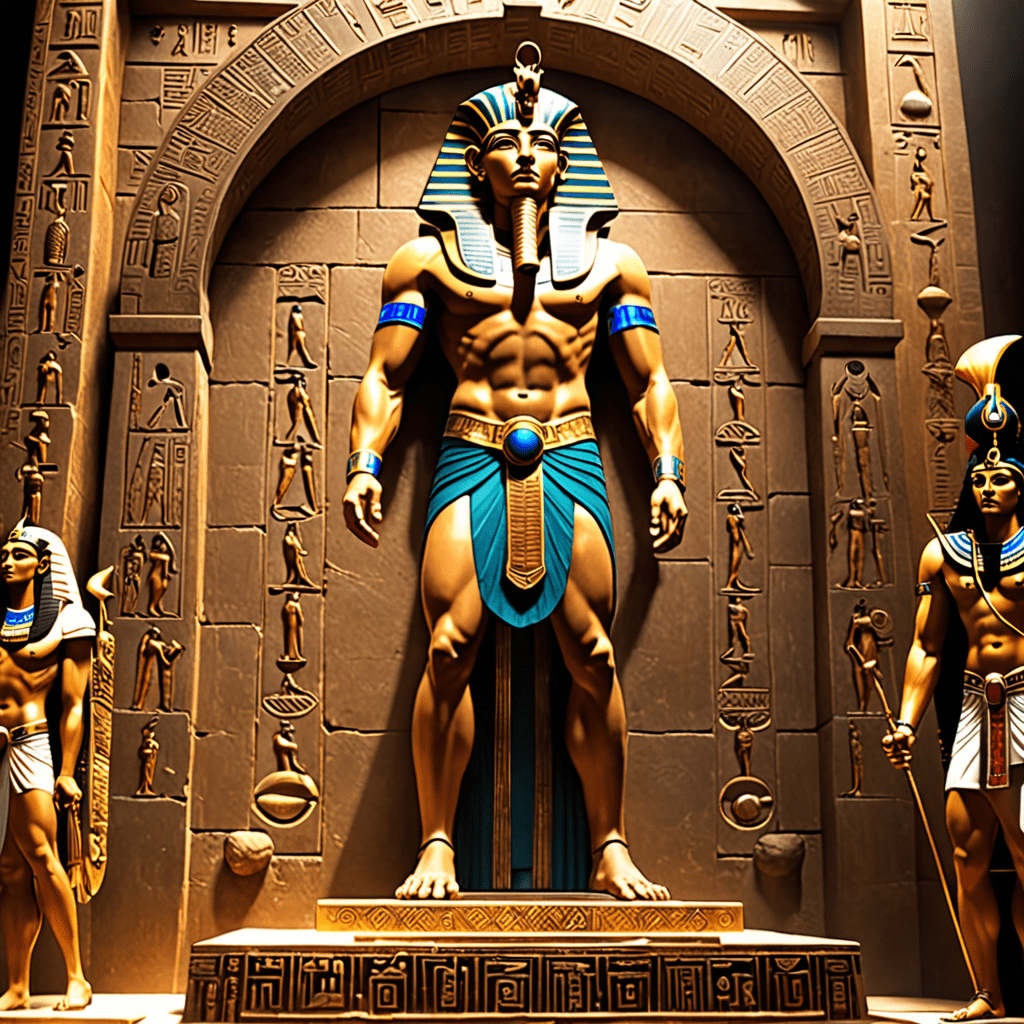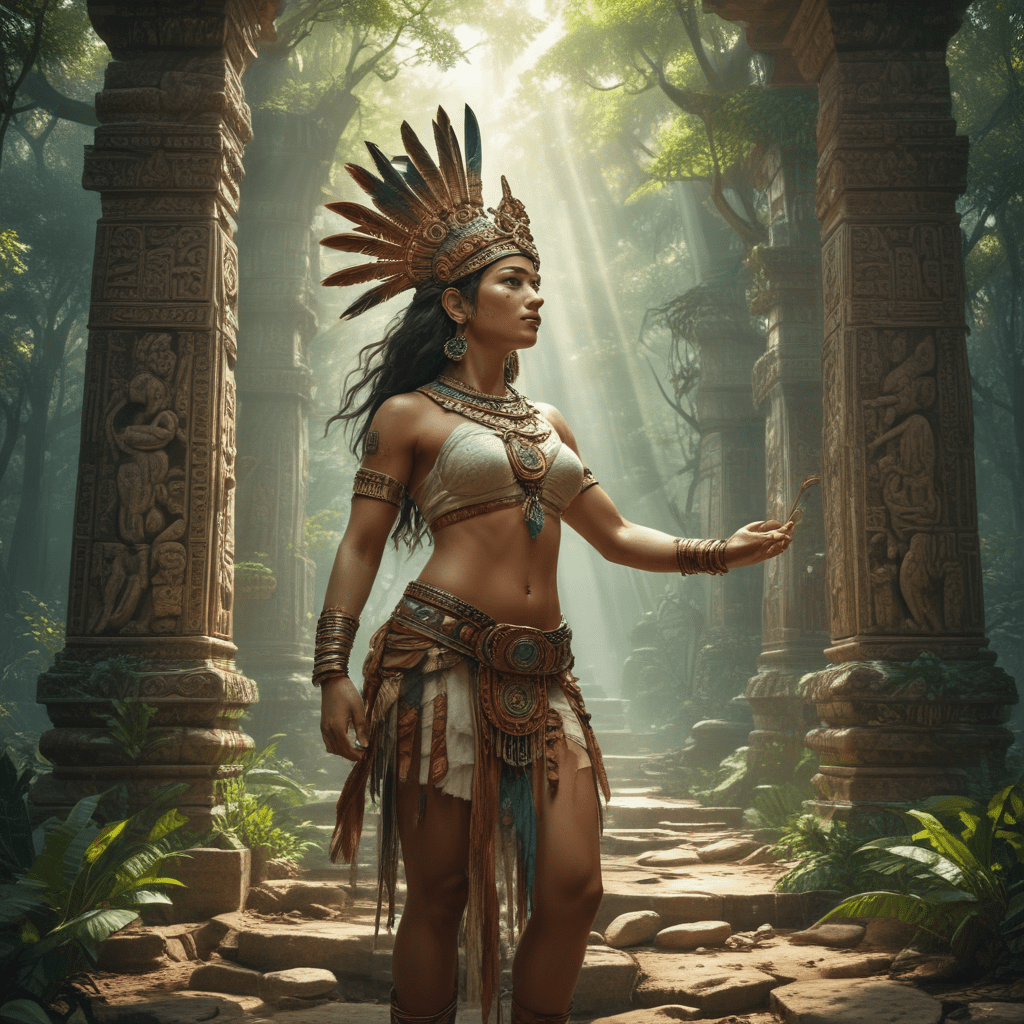The Myth of the God Atum in Egyptian Mythology
Egyptian mythology is rich with stories of ancient gods and goddesses who shaped the world as they saw fit. One such deity is Atum, a significant figure in the Egyptian pantheon. Let’s delve into the myth surrounding the god Atum and explore his importance in Egyptian mythology.
Who is Atum in Egyptian Mythology?
Atum is often considered to be one of the most important gods in the Egyptian creation myths. He is believed to be the first god to exist, representing the complete and total concept of existence. Atum is associated with the creation of the world and is typically depicted as a man wearing the dual crown of Upper and Lower Egypt.
The Role of Atum in Creation Myth
According to the Egyptian creation myth, Atum rose from the waters of chaos, known as Nun, and created all other gods. Atum was believed to be self-created and self-generated, symbolizing the power of creation and regeneration. He is often depicted as a creator deity who brought the world into being through his divine powers.
Symbolism and Legacy of Atum
Atum’s significance goes beyond creation; he is also associated with the evening sun and was often connected with the setting sun. This links Atum to the cycle of life, death, and rebirth. His worship was prominent in the ancient city of Heliopolis, where he was venerated as the ‘Lord of the Two Lands’.
In Egyptian mythology, Atum symbolizes not only creation but also the importance of life, death, and transformation. He embodies the enduring power of creation and the cycle of existence in the cosmos.
FAQ: The Myth of Atum in Egyptian Mythology
Who is Atum in Egyptian mythology?
Atum is one of the most important deities in ancient Egyptian mythology. He is considered the god of creation and the setting sun, often depicted as a man wearing the dual crown of Upper and Lower Egypt.
What is Atum’s role in Egyptian mythology?
Atum is believed to have created himself out of chaos and then created the world. He is associated with the sun and rebirth, symbolizing the cycle of creation and regeneration in Egyptian cosmology.
How is Atum usually depicted?
Atum is typically depicted as a man with the double crown of Egypt on his head and sometimes with the ankh, the symbol of life, in his hand. He is often portrayed as an elderly man symbolizing wisdom and eternity.
What are some key myths involving Atum?
One prominent myth involving Atum is the Ennead of Heliopolis, where he is believed to have created the world by masturbating and spitting out Shu (air) and Tefnut (moisture), who later produced Geb (earth) and Nut (sky).
Is Atum worshiped in modern times?
While ancient Egyptian religion is no longer practiced, Atum continues to be a significant figure in the study of mythology



